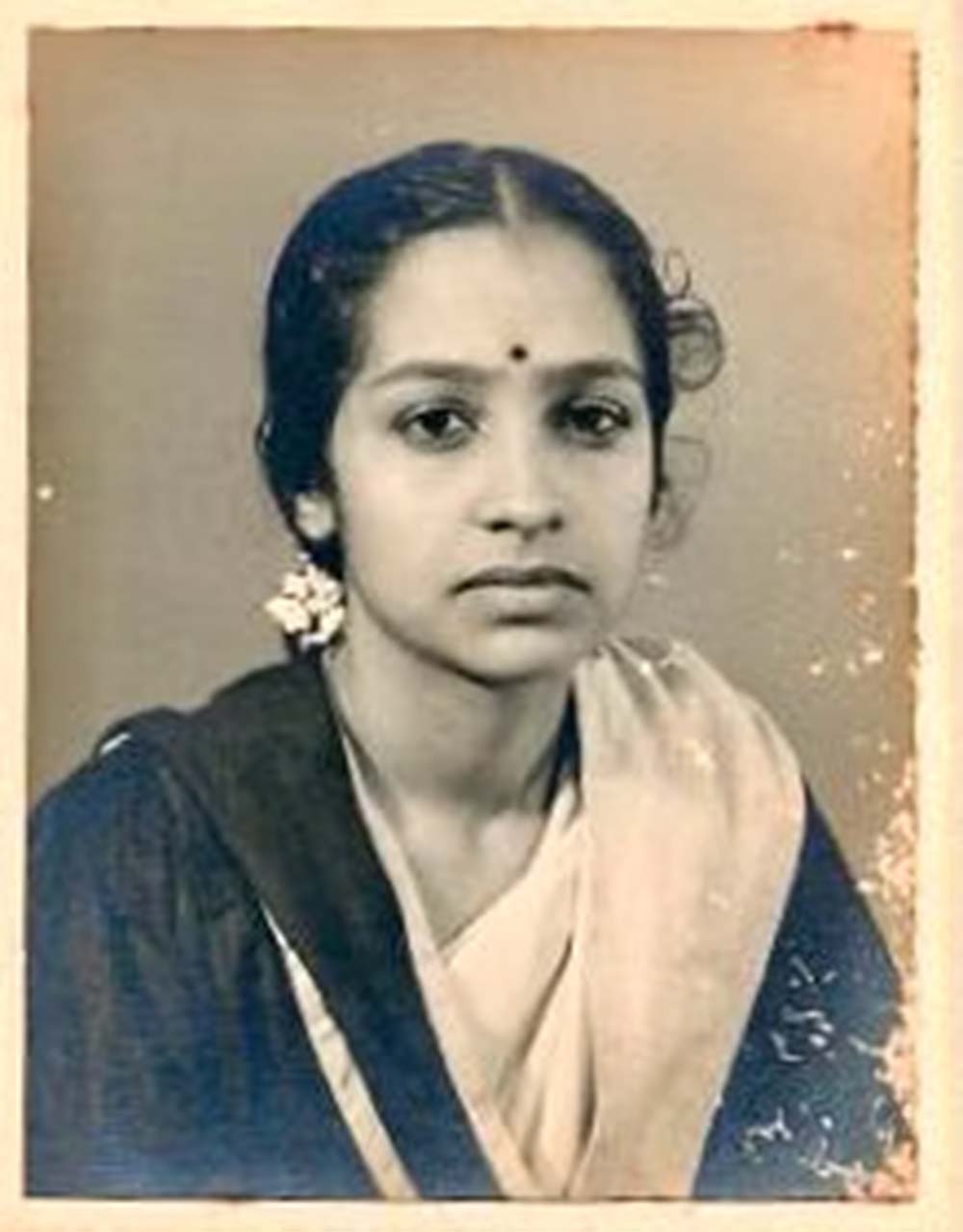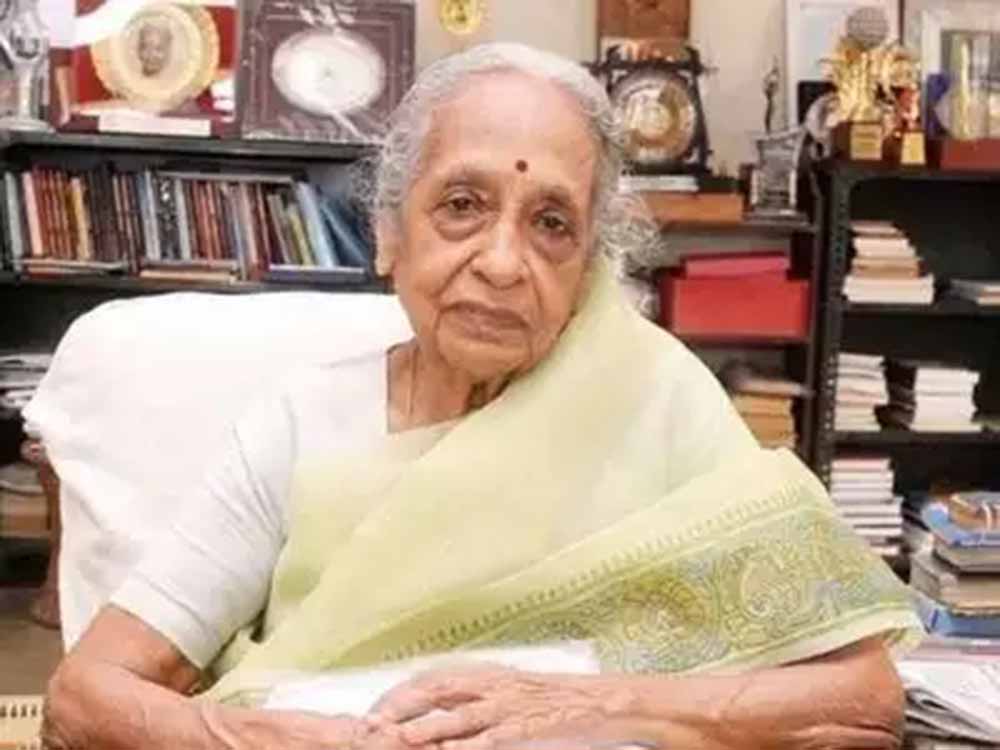Dr Viswanathan Shanta (1927-2021) was an Indian oncologist who served as the chairperson of the Adyar Cancer Institute in Chennai. She gained recognition for her endeavors to ensure that high-quality and reasonably priced cancer care was within reach of all patients in the country
Born into a distinguished family on March 11, 1927, in Mylapore, Chennai, her family boasted two Nobel laureates: physicist S Chandrasekhar, her uncle, who co-won the prize in 1983, and Sir CV Raman, her grand-uncle, also a physicist, who won it in 1930.

(Photo Courtesy: X/ @PrinSciAdvGoI)
As Chairperson of the Cancer Institute (WIA), Chennai, Dr V Shanta prioritised patients' medical needs above all else, showcasing the significant contributions the private sector can make to public health and research.
In her pioneering efforts in providing evidence-based cancer treatment to lower-income groups, she ensured standard care for these demographics. In a 2011 interview, she stated that ’60 per cent of Cancer Institute's patients receive free or heavily subsidised treatment.’
She completed her education at the National Girls High School (now PS Sivaswamy Higher Secondary School) and earned her MBBS (1949), DGO (1952), and MD (1955) from Madras Medical College, specialising in gynecology and obstetrics.
Dr Shanta's oncology career was marked by numerous milestones: establishing India's first pediatric oncology clinic, founding a cancer research and treatment center, initiating a postgraduate oncology course, introducing India's first hereditary cancer clinic, and conducting one of the country's first major cancer surveys.
As one of India's most influential oncologists and cancer educators, Dr Shanta managed one of the nation's largest cancer registries, conducted groundbreaking research on pediatric leukemia, and advocated for governmental support.

(Photo Courtesy: Times Of India)
Dr Shanta's commitment to oncology extended beyond her clinical duties; she was also a dedicated researcher. She conducted pioneering combination chemotherapy trials in India, including a study comparing radiation with bleomycin for oral cancer treatment. Later in her career, her research focused extensively on cancer epidemiology in India. Her studies ranged from investigating risk factors for stomach cancer to childhood cancers, culminating in a seminal report highlighting the dangers of tobacco chewing in Indian men, linking it to oral and esophageal cancers. She staunchly advocated for early cancer detection through genetic profiling, a methodology now considered indispensable in cancer treatment.
In addition to her research, Dr Shanta held prestigious positions within the medical community. She served as the President of the Indian Society of Oncology (1988-1990) and was a member of the WHO Advisory Committee until 2005. Her outstanding contributions to cancer treatment advocacy and research earned her numerous accolades, including the Padma Shri, Padma Bhushan (2006), Padma Vibhushan (2016), and the Ramon Magsaysay Award. She was also recognised as a Fellow of the National Academy of Medical Sciences (India).
When Dr V Shanta joined the newly founded Adyar Cancer Institute as a medical resident in 1954, it was a humble establishment with only two doctors, including herself, and around 12 beds.

(File Photo)
Under Dr Shanta's leadership, the Cancer Institute burgeoned into a comprehensive institution, boasting 535 beds, a dedicated research division, a college of oncological sciences, and a preventive oncology division. Remarkably, 40 per cent of its patients receive treatment free of charge. Annually, the institute attends to over 15,000 new patients and manages 1,40,000 follow-up cases.
Her impact on Indian science and medicine is immeasurable. Her groundbreaking research and compassionate patient care have left an indelible mark on the field of oncology. Despite her numerous accolades, she remained humble, accessible, and deeply involved, choosing to reside in a modest flat within the institute until her passing.
Dr Shanta passed away on January 19 2021, succumbing to a heart attack at the age of 93. Her legacy lives on through the countless lives she touched and the ongoing work of those inspired by her remarkable life and contributions.